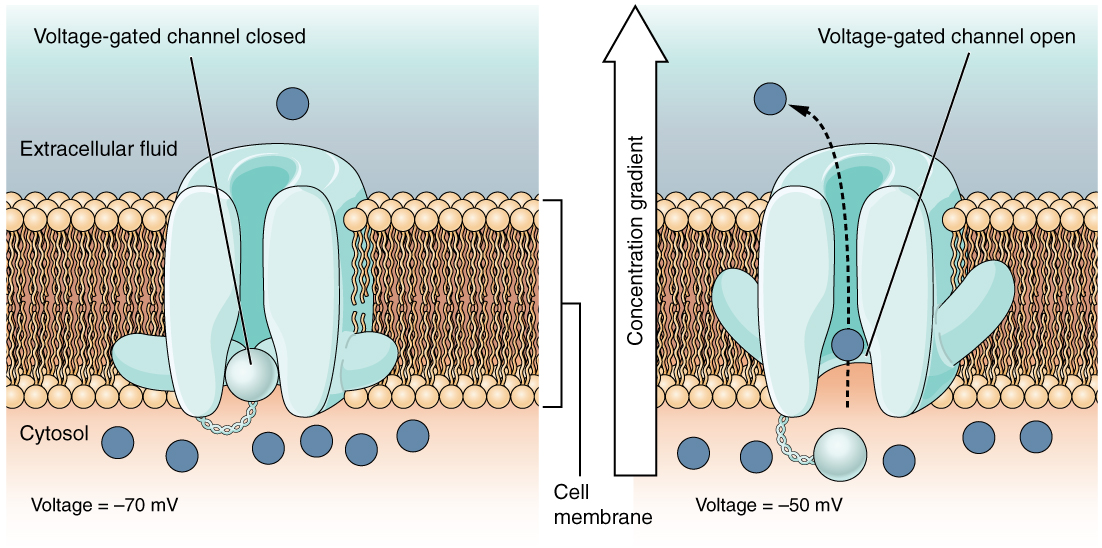User:Andrea Bauer/Sandbox 956
From Proteopedia
(Difference between revisions)
(New page: ==A structural view on Isoprene Synthase from Grey Poplar Leaves== <StructureSection load='3N0F' size='400' side='right' caption='Caption for this structure' scene=''> This is a default te...) |
|||
| Line 11: | Line 11: | ||
== Catalyzed Reaction == | == Catalyzed Reaction == | ||
The Isoprene Synthase catalyses the production of isoprene from the substrate dimethylallyl-diphosphate (DMAPP). During the reaction inorganic pyrophosphate is eliminated leading to the reaction products isoprene and inorganic pyrophosphate. The release of the pyrophosphate group leads to the generation of an allylic carbocation which is typical of class I terpenoid synthases [Wendt et al., 1998]. The occuring elimination mechanism is syn-periplanar and the leaving diphpsphate group acts as general base. The characteristic DDXXD-sequence motif of class I terpenoid synthases that binds to the diphosphate leaving group via Mg2+-ions facilitates the release of the pyrophosphate group. | The Isoprene Synthase catalyses the production of isoprene from the substrate dimethylallyl-diphosphate (DMAPP). During the reaction inorganic pyrophosphate is eliminated leading to the reaction products isoprene and inorganic pyrophosphate. The release of the pyrophosphate group leads to the generation of an allylic carbocation which is typical of class I terpenoid synthases [Wendt et al., 1998]. The occuring elimination mechanism is syn-periplanar and the leaving diphpsphate group acts as general base. The characteristic DDXXD-sequence motif of class I terpenoid synthases that binds to the diphosphate leaving group via Mg2+-ions facilitates the release of the pyrophosphate group. | ||
| - | [[Image: | + | [[Image:Structure Isoprene.png | thumb]] |
== Structure == | == Structure == | ||
Revision as of 19:45, 8 January 2015
A structural view on Isoprene Synthase from Grey Poplar Leaves
| |||||||||||
References
- ↑ Hanson, R. M., Prilusky, J., Renjian, Z., Nakane, T. and Sussman, J. L. (2013), JSmol and the Next-Generation Web-Based Representation of 3D Molecular Structure as Applied to Proteopedia. Isr. J. Chem., 53:207-216. doi:http://dx.doi.org/10.1002/ijch.201300024
- ↑ Herraez A. Biomolecules in the computer: Jmol to the rescue. Biochem Mol Biol Educ. 2006 Jul;34(4):255-61. doi: 10.1002/bmb.2006.494034042644. PMID:21638687 doi:10.1002/bmb.2006.494034042644

